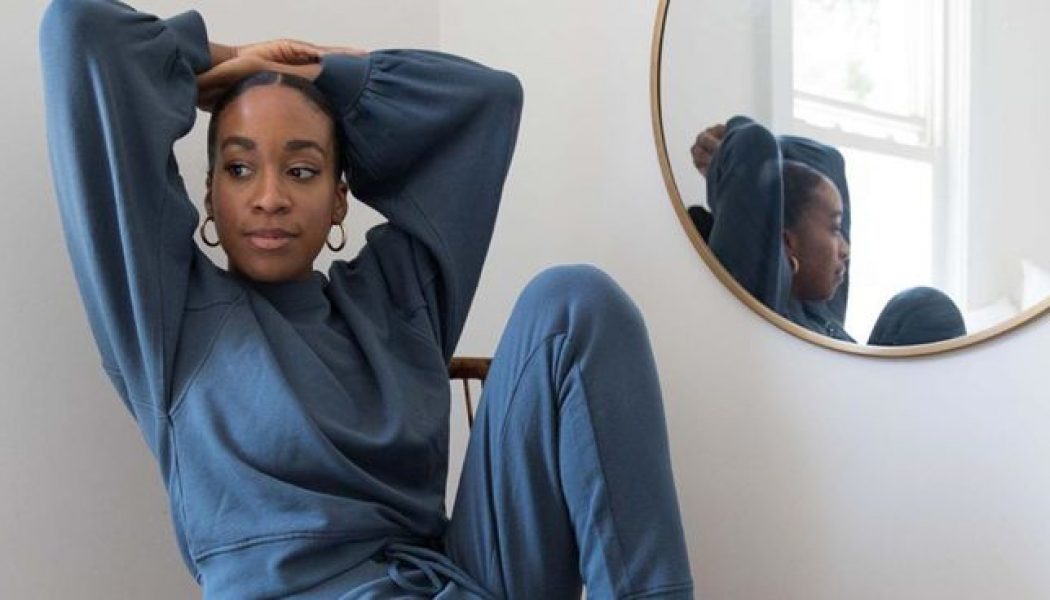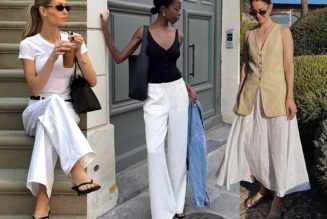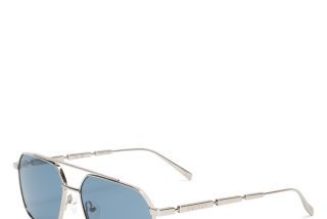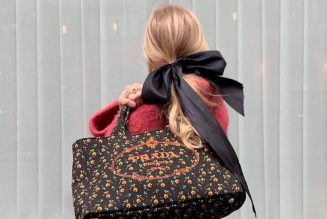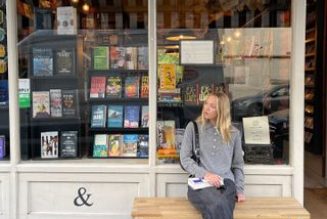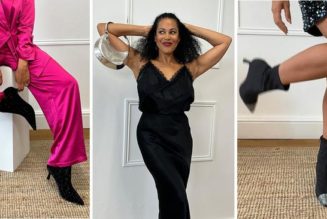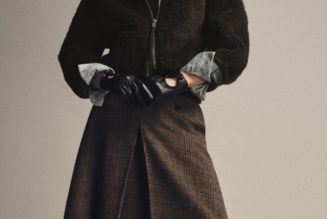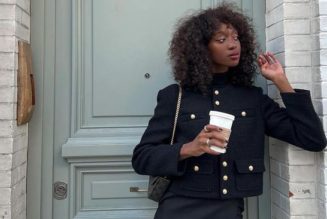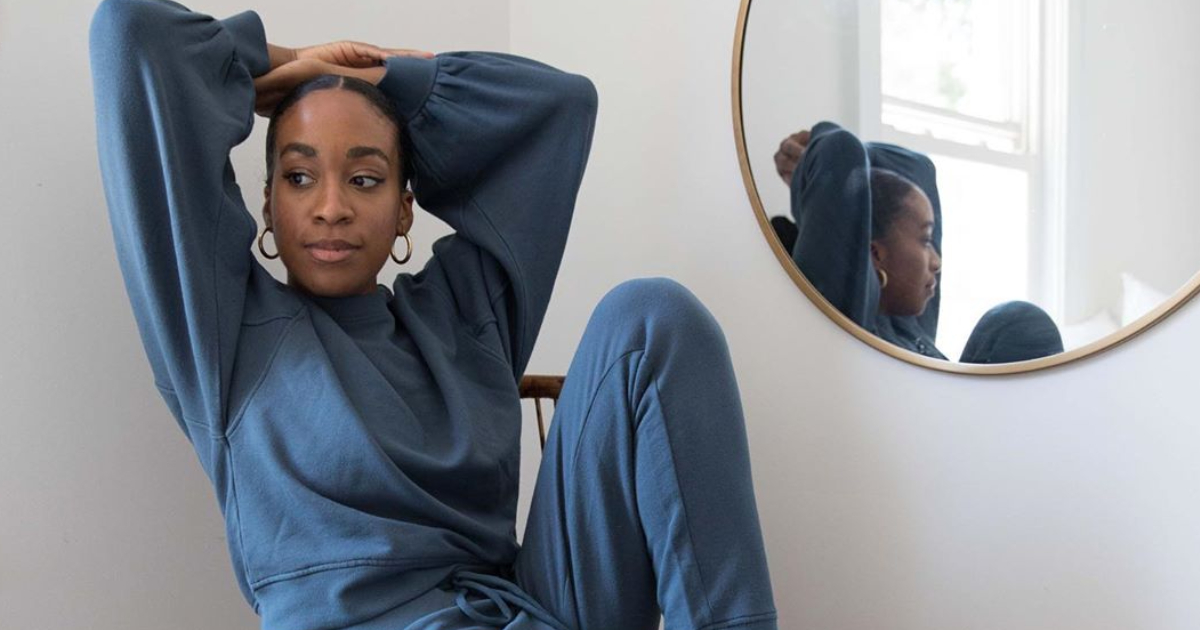
In Carolyn Mair’s book, The Psychology of Fashion, she says, “in some cases, fashion precedes political change; at other times it follows it.” Thanks to the pandemic of 2020, we’re very much looking at the latter exception. Overnight, with very little warning, (let’s be honest—many of us were working from home and still are and during the height of true lockdown), we’ve all had to adjust our daily lives and routines. Our need for constricting garments and more formal attire was suddenly made completely obsolete. No more suits, no more jeans, and, in some cases, no more bras.
While some might rejoice in the lack of the aforementioned, it’s also meant we have had little reason to dress up—no more sequin dresses for parties, no more wedding dresses either, since they weren’t allowed to take place. Conversations about how we shop and why we do it have also become more important with a further emphasis on sustainable clothing. And even now, when some are returning to the workplace, our clothing has had to adapt, even if it’s to ensure that you always have a face mask available at all times. It would be flippant to suggest then that even when the pandemic comes to an end, we’ll go back to the way we dressed before, as there has been such as a seismic shift in how we live and work.
What, then, has the pandemic really done for our wardrobes? How has it really changed the way we dress, when we no longer have the “normal” rules we usually adhere to? While I’m sure you saw the meme doing the rounds a few weeks into lockdown–a picture of a pope—with all the paraphernalia that comes with that getup—and a line underneath that read: “Me, coming out of lockdown, with all the stupid shit I ordered online”. But honestly, did you really order anything that wasn’t useful?
While we might no longer opt for full-on suits, there are still plenty of Zoom calls to consider, and we’re all ensuring that we’re more careful with money, which has also changed the way we dress and how we invest in fashion. I spoke to a variety of fashion industry insiders about how this has manifested. From Lyst’s report on what people have been searching—a great way to see how people are shopping—to Sophie Hersan, founder of resale site Vestiaire Collective, which has seen soaring sales, as well as Natalie Kingham, fashion and buying director at Matches Fashion, and Anna Teurnell, head of design at Arket, here’s exactly how our way of dressing has completely changed, and potentially for good.

